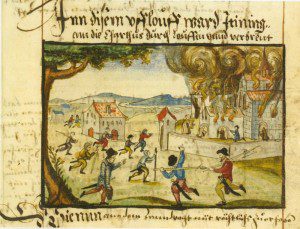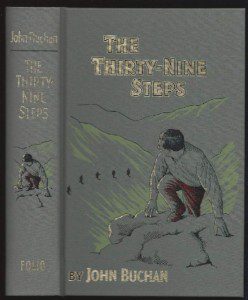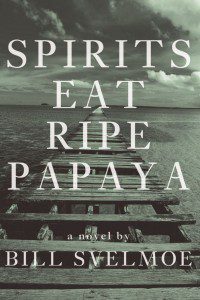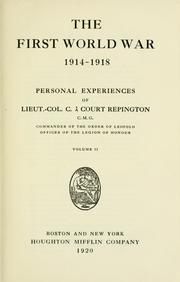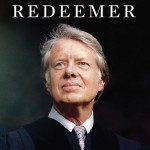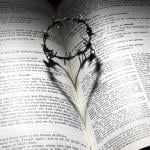My recent post “‘Evangelicals’ Who Are Not Evangelicals” generated quite a discussion about who’s in, and who’s out of the evangelical camp. The study of evangelicalism has seen an amazing renaissance in the past fifty years, so here’s a list of five excellent books on evangelicals and their history. The usual disclaimers: I’m not including my own books! And these are by academic scholars – mostly historians – writing books that are accessible to a general audience. David Bebbington, Evangelicalism in... Read more



